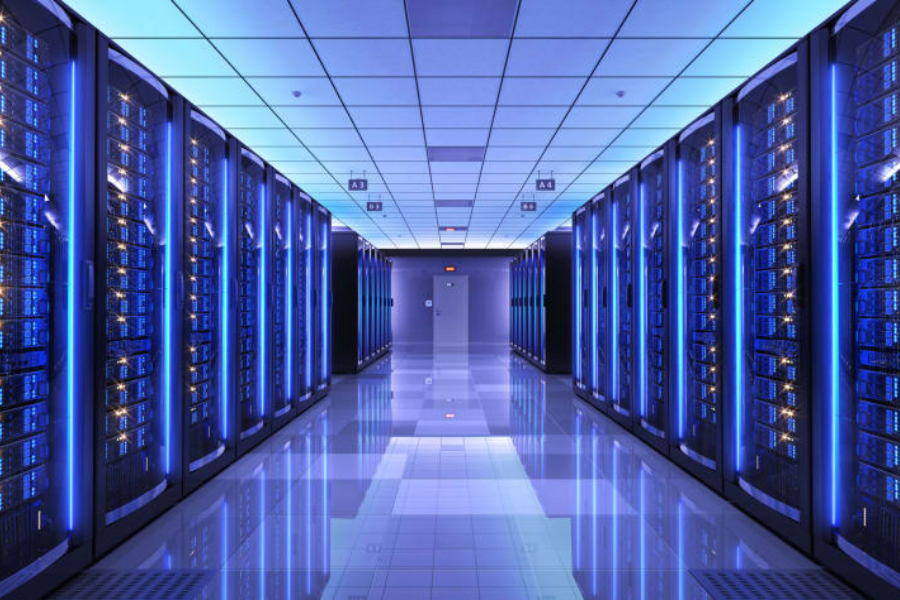
What are Smart Buildings and how do they work?
14 Jul, 20233 minsSmart cities, smart motorways, smart buildings. Just as the fast-evolving world of connectiv...

Smart cities, smart motorways, smart buildings. Just as the fast-evolving world of connectivity is transforming how we interact with the world around us, smart infrastructure is making that world – in the shape of the places where we live and work – more capable of interacting with us.
At well over £50 billion and expected to grow to upwards of three times that by the end of the decade, the global smart buildings market is already booming. And rightly so, since their aim is to provide us with safer, more responsive surroundings.
So, what are smart building and how do they work?
In short, they use technology to increase efficiencies and improve the environment for occupants. In a world where connectivity is at the heart of everything we do, is also true that it’s increasingly at the heart of everywhere we are.
Smart buildings can be designed or retrofitted with a range of existing technologies – incorporating the Internet of Things (IoT), 5G networks, even machine learning and Artificial Intelligence (AI) – and, by having these interact and talk to each other through data exchange, the building’s performance can be optimised.
Because, yes, a building can ‘perform’, particularly in terms of its output and security measures. Automating internal systems, whether heating, ventilation and air conditioning (HVAC), lighting, security or otherwise, can reduce the building’s impact on the environment and improve comfort – and safety – for occupants. It’s already fairly common to have motion sensors in bathrooms to control lighting, thus saving on expensive energy bills, but sensors in other areas of the building can ‘shed light’ (sorry, terrible pun) on the workforce’s wider needs. Are communal areas fit for purpose? Which ones are popular? Is a rethink needed in order to encourage their usage, therefore promoting collaboration amongst staff?
Similarly, what does the data tell us about meeting rooms? Case studies have shown how data can be gathered on room usage, synchronising calendars with air-con systems to reduce energy costs and making sure the right sized rooms are being used for meetings, whilst minimising wastage by comparing bookings with real-time occupancy. More generally, with the advent of flexible and hybrid working, this data can inform businesses about preferences in staff working patterns.
The benefits? Well, they’re numerous. From reducing a building’s energy usage, and therefore its impact on the environment and the cost to the business – especially in times of elevated energy prices – to improving the wellbeing of its occupants. Aside from counting occupancy levels, data can be collected on air temperature and freshness, sanitation, lighting levels and more to maximise comfort. Delivering a space that offers the right combination of these elements is conducive to optimising performance and productivity.
Virtual and augmented reality is another area that is increasingly being put to use in smart buildings to improve maintenance, among other things. Sensors strategically placed in walls, on pipes, on cables, in air vents, etc, can provide maintenance staff with real-time data for monitoring, to identify underperformance of this infrastructure, and help determine the exact location of an issue for quick access to resolve it.
With a range of skillsets needed to facilitate these advancements, including architects and designers who are versed in connectivity, the space presents an exciting opportunity. Indeed, with many hospitals and medical facilities already embedding AR, and manufacturing, education, corporate and retail buildings in hot pursuit, welcome to the future of facilities management.
Get in touch for more information about how you can use your skills to advance the smart building revolution.



